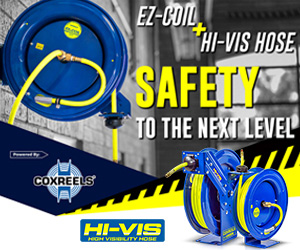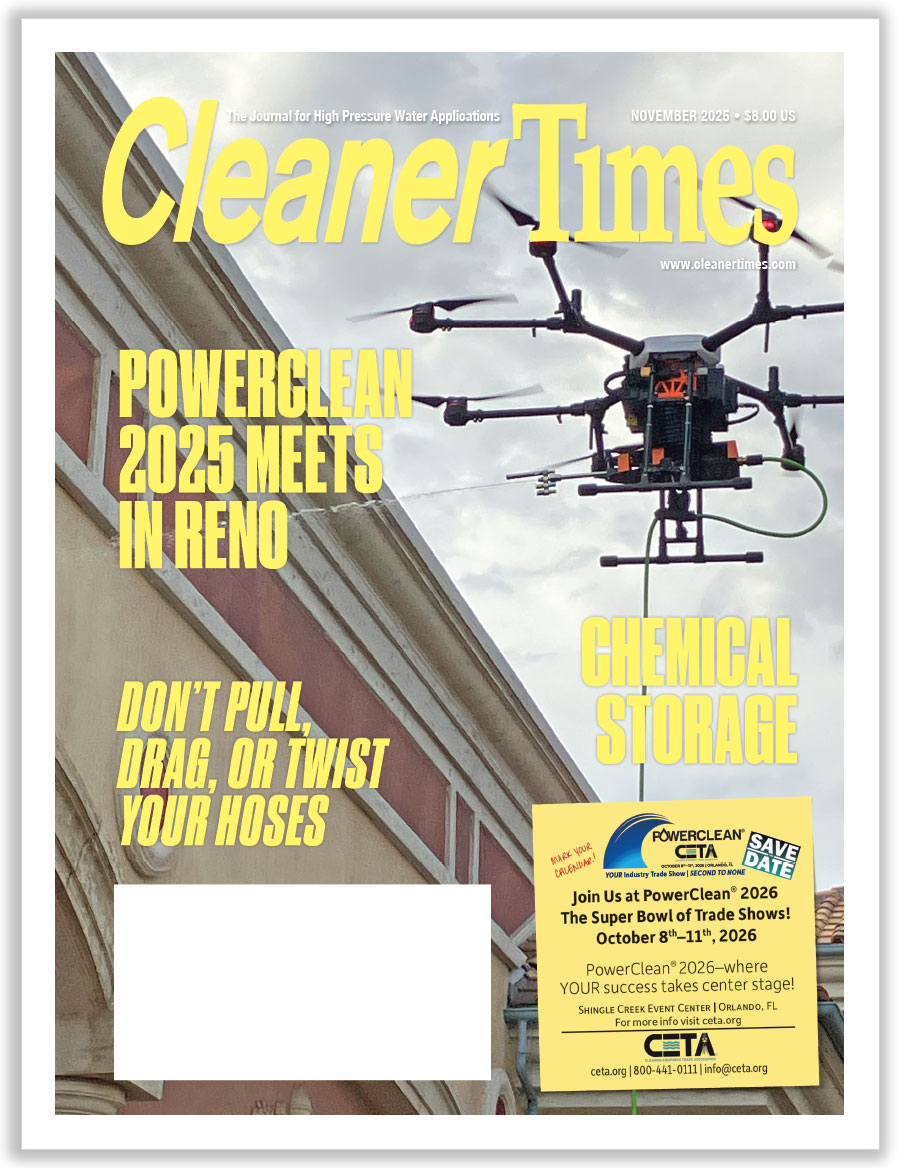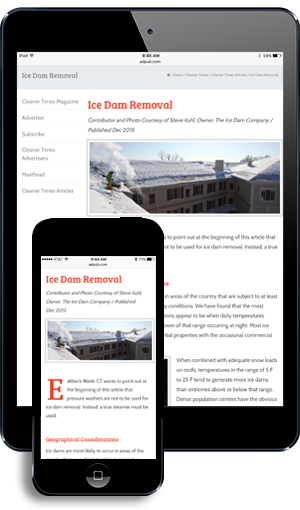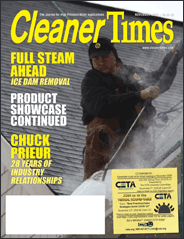
Manufacturer’s Testing Methods
by Diane M. Calabrese | Published June 2025

Try this: Where’s the nearest fire hydrant?
We guess many of our readers can answer that question in an instant. That’s as it should be.
Even in a digital world, it’s good to be able to give an assist to firefighters should a state-of-the-art technical communications cease operation. Then, it’s just a matter of responders hooking a hose to the hydrant as fast as possible, turning a valve, and getting the water flowing.
Or is it?
If the hydrant has not undergone rigorous testing – during and after manufacturing, there is no guarantee it will function as it should. Most municipalities have detailed protocols for testing hydrants (and sprinkler systems) on a regular basis.
But the first test of any equipment begins at the site of its manufacturer. Just how do manufacturers test their equipment?
“PA has a dual approach to the testing methods,” says Davide Rizzi, technical sales with P.A. SpA in Rubiera, Italy. “We defer to European technical standards, mainly for safety tests. But we also developed our own testing procedures in order to maintain and control functionality, durability and sturdiness.”
And the tests do not end when the product is ready for use. “These tests are carried out not only during the development of any new item, but also periodically to test the life span of older items, to keep quality under control,” explains Rizzi.
The many components to testing – safety, structural integrity, etc., require focused attention. “[Our company] has a R&D department, employing five people,” says Rizzi. “The R&D manager ensures that all the required tests are carried out following standard procedure and collects all data by means of a dedicated quality software.”
In the United States, third party testing offers validation of in-house assessment. And some companies are ISO 9001 certified. Attainment of the certification amplifies quality assurance methods taken in-house.
“[Our company] is ISO 9001 certified,” says Rizzi. “This European certification requires that we maintain a well-developed quality system, therefore, we do not need a third party to verify the results of our tests.”
Testing criteria all aim at the same goal. It is to ensure an effective, safe, quality product. By committing to testing in-house and by third parties, a manufacturer demonstrates exceptional care.
“Both the tests required by the European standards and those required by our internal quality policy concern safety, structural integrity and efficacy of the products,” explains Rizzi. “We also have internal standards concerning durability stating that every new product must pass a life test carried out in our dedicated testing facility, at its maximum operating conditions.”
ISO [International Organization for Standards], ISO.org, emphasizes harmonization of evaluation criteria. Manufacturers that meet ISO criteria have disclosed sufficient information about their processes and measures to ensure outcomes (in the product and in the testing of it) can be both trusted and easily compared with products in the same class or category.
In the realm that exists somewhere between in-house testing and international harmonization of testing, there are groups that focus on specific components of products (e.g., electrical). And there are industry associations that establish standards for the products in their industry.
For example, the Cleaning Equipment Trade Association (CETA) developed the CPC-100 performance standard for pressure washers. The CPC-100 designation indicates a pressure washer has been tested and meets the specifications used to advertise it.
A machine that bears the CPC-100 label has undergone uniform testing and rating alongside other pressure washers. CPC-100 provides a uniform method of testing and rating pressure washers. It allows purchasers to easily make a side-by-side comparison of machines.
To be CETA CPC-100 certified a pressure washer must meet four major criteria: actual pressure in the equipment must be at least 90 percent of the advertised pressure; measured flow must be at least 90 percent of the advertised flow; if gas-engine powered, the engine must operate at 85 percent of its maximum capacity or less; if powered by an electric motor, the motor must not exceed the amperage on the name plate – including the service factor, while supplying plus or minus 10 percent of the name plate voltage.
Additional CPC-100 criteria include deviation allowances for nozzles, gauges, and testing accuracy. The standard also establishes how ratings for gpm and psi will be assessed.
Quality first
The National Institute of Standards and Technology (NIST.gov) was established in 1901. It resides in the U.S. Department of Commerce.
The purpose of the NIST is to promote safety in outcomes, including manufacturing. In fact, some text at the NIST website got us thinking about fire hydrants. A scenario is recounted there about the Great Baltimore fire of 1904 that destroyed 1500 structures. Although there was plenty of response to the fire that burned for more than a day, the non-uniformity of hoses meant that not all hoses could fit the hydrants.
The mismatched hose diameters taught everyone a valuable lesson. Thus, a good outcome from a calamitous event.
A significant reason for standardization is that it facilitates not only connections (in some cases) but comparisons. For standardization to be reliable, the tools for inspection and monitoring must also be tested.
Section 820.72 (Inspection, measuring and test equipment) of the Code of Federal Regulations (CFR, eCFR) spells out the expectations for manufacturers. For one, manufacturers must have procedures to ensure test equipment itself is routinely calibrated and inspected.
Maintenance of test equipment is paramount to ensuring the tests of products are valid. The manufacturer must document which calibration standards it is using (from international standards or another sanctioned source) and calibration methods must be retained. (The records do not have to be affixed to every piece of equipment used in testing, but they must be readily available).
Of course, while manufacturers are testing their calibration tools and testing their products, they also must comply process safety management (PSM) standards and recognized and generally accepted good engineering practices (RAGAGEP) requirements from OSHA.
[An aside, given as we write in mid-April debate about tariffs rages. It’s worth remembering that it is not just differences in wages that account for lower-cost products exiting factories in some countries. It is also the absence of many regulations.]
In 20 CFR (eCFR) 1919.19, the PSM standard, the use of RAGAGEP is referenced. How? These things must comply with RAGAGEP: all equipment used in PSM processes, equipment used in tests of mechanical integrity, inspection and test frequency for equipment.
Like all government standards, there’s a mix of latitude and thus ambiguity in determining what constitutes a ‘generally accepted good engineering practice’. What follows are some examples that OSHA gives.
Adhering to widely accepted codes, such as those from NFPA [National Fire Protection Association] – e.g., life safety and electric, fulfills RAGAGEP. Following consensus documents, such as those from ASME [American Society of Mechanical Engineers] and ANSI [American National Standards Institute], also fulfill the requirement.
OSHA also recognizes non-consensus engineering documents that come from specific industries as meeting RAGAGEP expectations. And it recognizes standards developed in-house. Internal standards would be looked on favorably by OSHA when they are better at addressing process safety management than any existing other document, including consensus.
Manufacturers strive for quality. In getting to that endpoint, they must meet all regulatory requirements – requirements for worker safety by OSHA, but any regulating body that deems itself to have purview. EPA [Environmental Protection Agency] may also leap, for instance, with its own concerns about compliance with RAGAGEP, when older processes change. A change in a process may equate with a change in risk to the environment (as well as to workers).
So, how do manufacturers decide which way to proceed with testing. Do they gravitate toward international harmonization, consensus, in-house, or a combination? Most use some combination of approaches because no single approach covers the full territory of products being made.
For instance, the NFPA (NFPA.org) has developed more than 300 consensus codes and standards. The organization is just one of the non-government organizations (NGOs) that inform the work of regulators.
Manufacturers in 2025 confront more challenges than perhaps at any time in the past. They cannot simply make a product and stand behind it. They must meet the expectations of any regulator deemed to have the authority to impose rules.
And rules change frequently or at least are amended frequently. Moreover, sometimes a promised change drags on and on and the manufacturer is left in the in-between world of the existing standard and what’s on the horizon.
A good example of a languishing change is the long-anticipated effective date (was to be March 21, 2021) for transition from UL 1776 to UL 60335-2-79. (The anticipated 60335-2-79 had some new requirements like the 96-hour endurance testing. By a third party such as UL, CSA, ETL, or a nationally recognized testing laboratory (NRTL).
Some manufacturers completed the transition. Others did not. It’s definitely a situation in flux given at this juncture manufacturers may use UL 1776 or UL 60335-2-79.
Testing products in 2025 – to everyone’s satisfaction, is not easy. And it’s a lot more complicated than matching the diameters of hoses.





